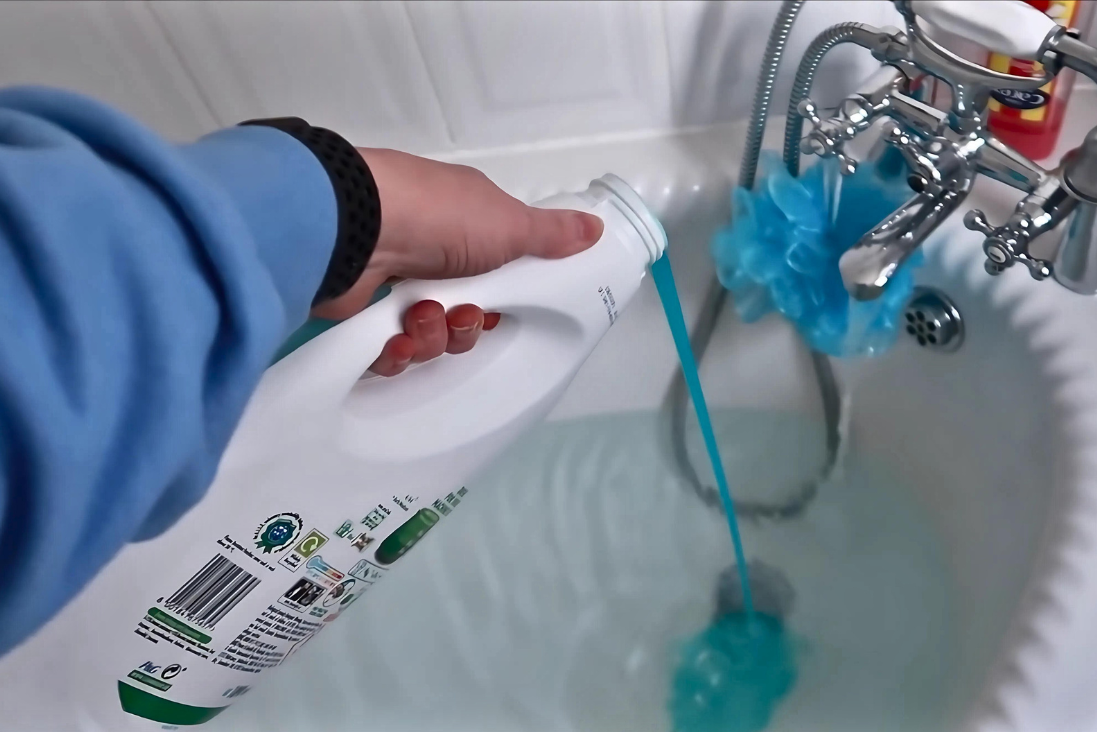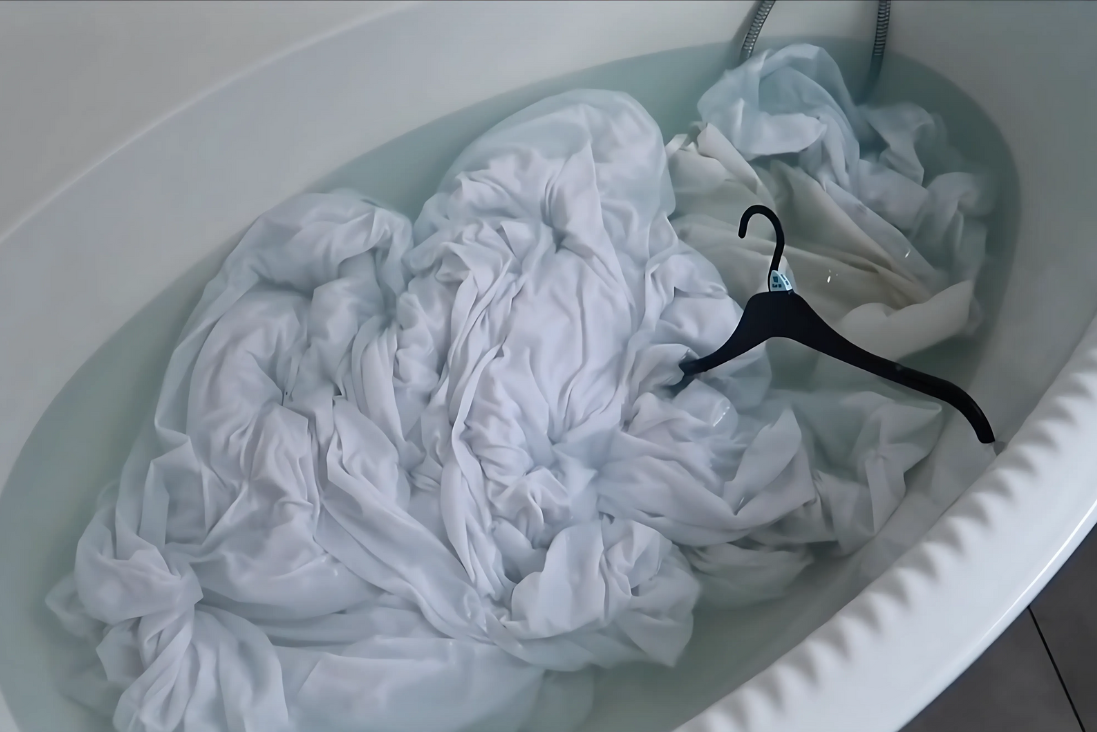If you’ve seen the trend popping up on your social media feeds or heard someone rave about their experience with laundry stripping, you might be wondering if this deep-cleaning process is truly worth the hype. Does it really work? Well, yes and no—depending on what you’re stripping and what results you’re expecting.
Laundry stripping is not exactly a new concept. It’s essentially the use of a hot water soak combined with a mix of ingredients like Borax, washing soda, laundry detergent, and sometimes vinegar to remove buildup from your fabrics. The process claims to pull out residual detergent, fabric softeners, body oils, and even hard water minerals that your regular wash routine may leave behind. For some, this method can work wonders, especially on items like towels or workout gear that accumulate a lot of oils and residue over time.
That said, the effectiveness of laundry stripping can vary. When used on heavily soiled items like sneakers or shoes that have seen better days, soaking them for an extended period—sometimes days—can yield impressive results. I once left a pair of beat-up sneakers soaking for three days (because I forgot about them), and they came out looking pretty refreshed. Yard shoes, in particular, showed a marked improvement after stripping.
But when it comes to regular laundry items, like clothes or household fabrics, the results can be a bit of a mixed bag. I tried laundry stripping on a few pieces: a T-shirt with stubborn deodorant buildup, socks that refused to return to their original whiteness despite multiple bleach cycles, and a bra with that inevitable underarm buildup. After a 12-hour soak and an extra rinse cycle, the results were underwhelming. The T-shirt looked slightly better, but the socks and bra showed no significant improvement.
Interestingly, the water in which my items soaked didn’t turn that murky brown color you often see in viral videos—where people proudly show off tubs of dirty water, suggesting success. In my case, the water was green, which led me to believe the dye from one of the shirts was responsible. This brings up an important point: laundry stripping might work better with white items, where the buildup is more noticeable, and the risk of dye transfer is not an issue.
Laundry stripping seems to deliver the most noticeable results with whites. This might be because many of us tend to rely on bleach to clean white laundry, but bleach doesn’t actually dissolve body oils. Instead, it reacts with the proteins in sweat and oils, often leaving yellow stains. Laundry stripping allows the hot water and cleaning agents to break down these oils, which could explain why some see brighter, cleaner results after stripping whites.



